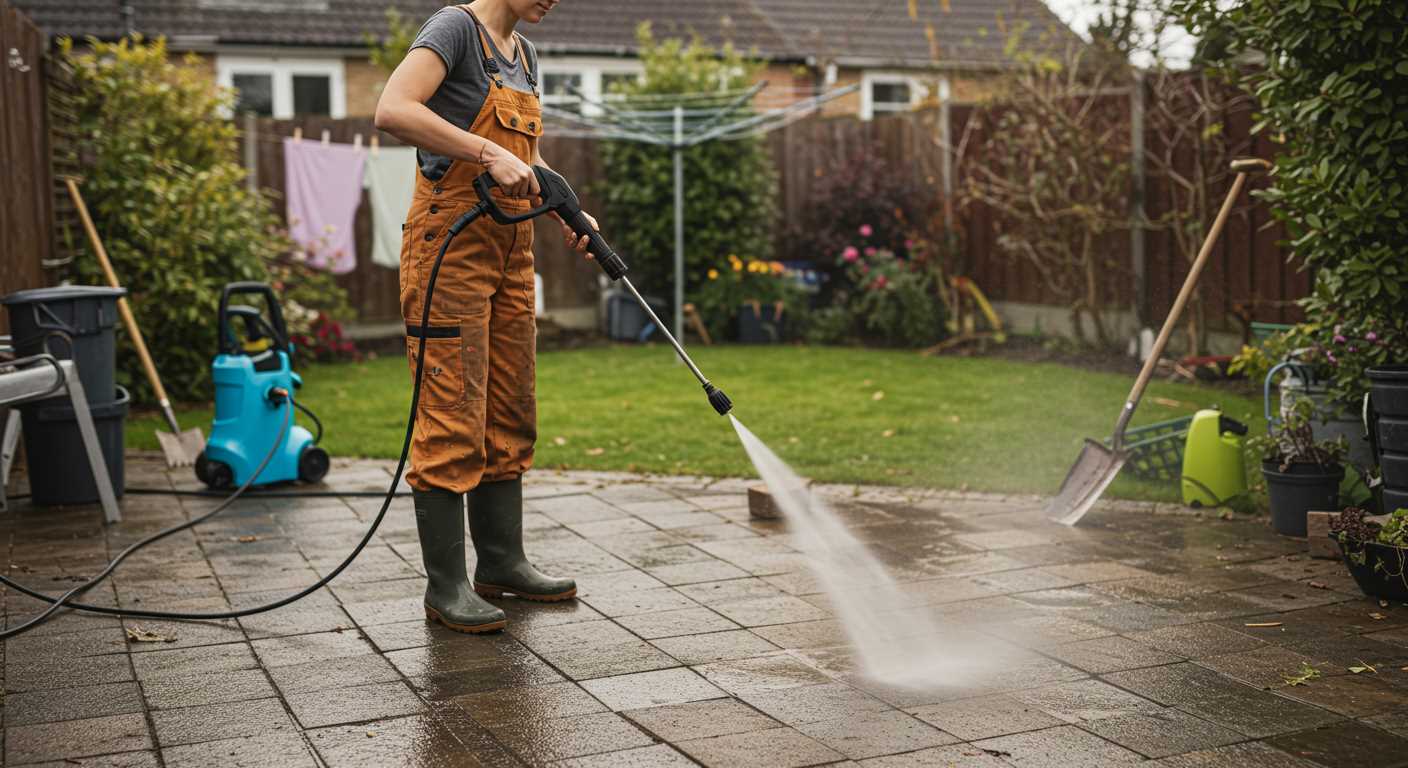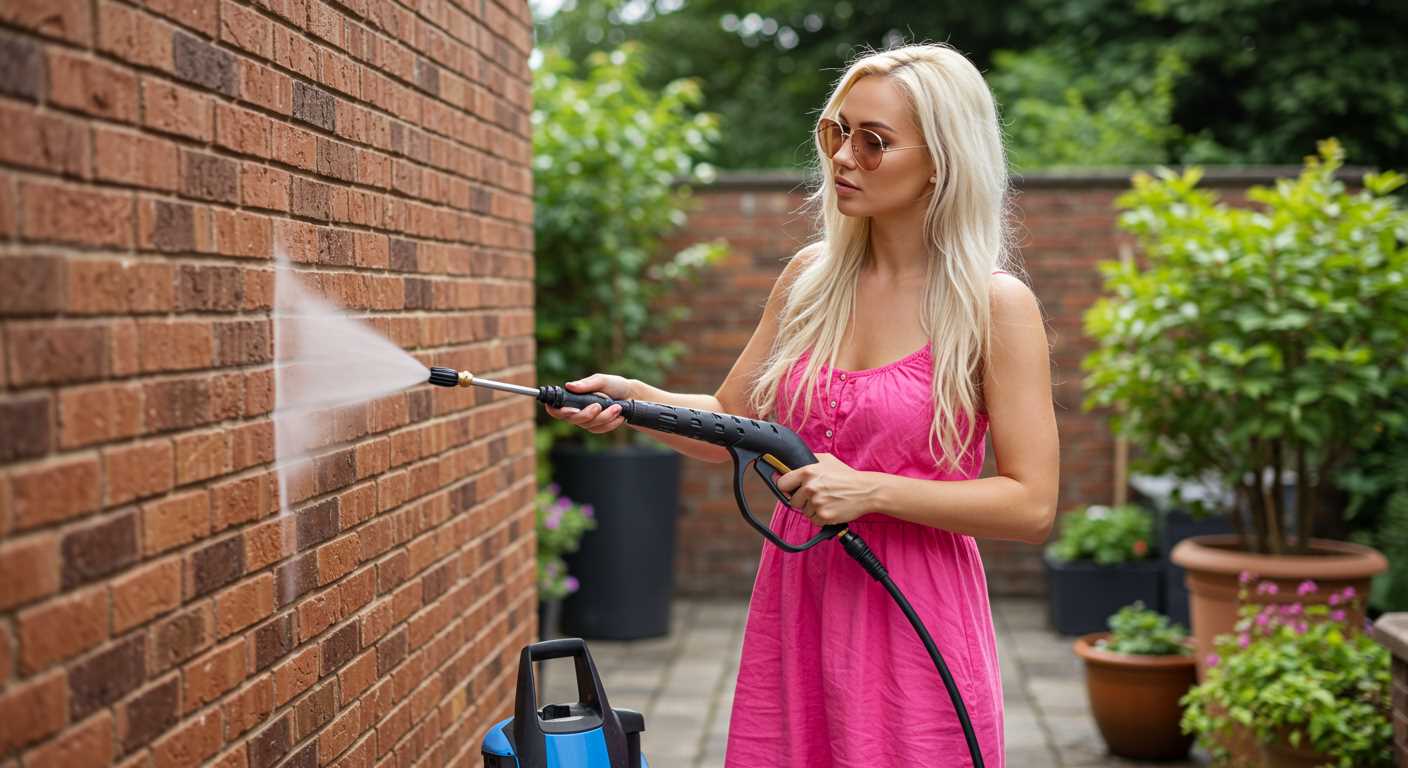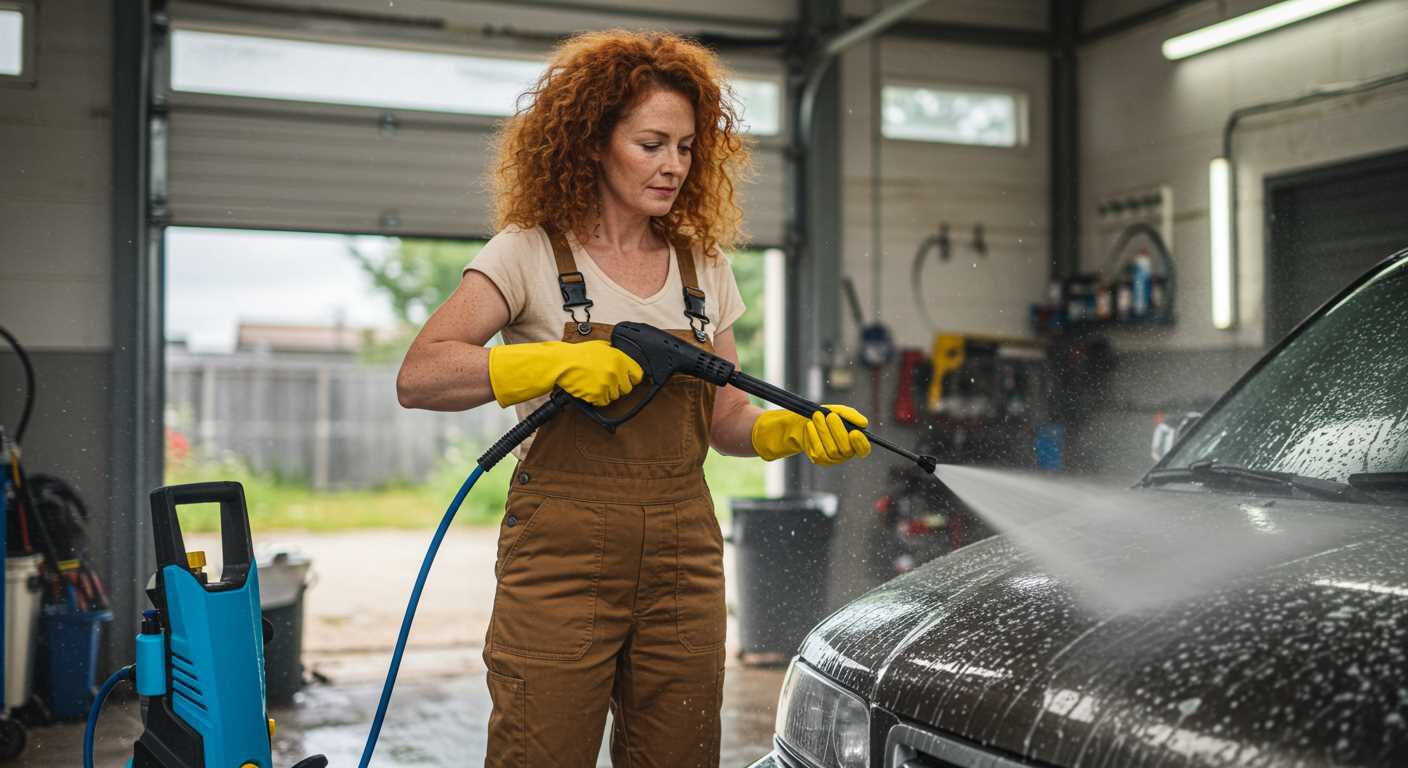




Begin with a solid understanding of your equipment; it’s the cornerstone of achieving optimal results. I recall my first experience with one of these machines, standing there, puzzled by the array of nozzles and settings. The key is to match the nozzle type to the surface you’re tackling. For instance, the 0-degree nozzle delivers a concentrated jet that’s perfect for stubborn stains on concrete, while a 25-degree nozzle works wonders on decks and patios.
Preparation is paramount. Before you even think about firing it up, ensure the area is clear of debris. I’ve seen too many people overlook this and end up damaging their surroundings or wasting time. It’s surprising how a simple sweep can make a significant difference. Check for any loose items like furniture or planters, and move them out of the way. This small step can save a lot of hassle.
Another crucial aspect is the distance you maintain while cleaning. When I first started, I made the mistake of getting too close to surfaces, leading to potential damage. Keeping a consistent distance of around 18 inches usually yields the best results. Adjusting your stance as you work can help achieve an even clean without causing harm.
Don’t forget about safety measures. Invest in a good pair of goggles and sturdy footwear. I vividly remember a mishap where an unexpected spray caught me off guard–trust me, it’s not an experience you want to repeat. Always stay aware of your surroundings and be mindful of where the water is directed.
Finally, after completing your task, take the time to maintain your equipment. A thorough rinse and proper storage can extend the lifespan of your gear significantly. I can’t stress enough how a little care goes a long way. My machines have served me well over the years, partly due to this simple practice.
Selecting the Right Equipment for Your Task
Choose a unit based on the specific cleaning challenge. For light jobs like washing cars or patio furniture, a model with a rating of 1300 to 2000 PSI suffices. For medium tasks, such as cleaning decks or driveways, opt for 2000 to 3000 PSI. Heavy-duty projects, including stripping paint or cleaning large concrete areas, may require upwards of 3000 PSI.
Assessing Flow Rate
Flow rate, measured in gallons per minute (GPM), also affects performance. A higher GPM means faster cleaning. For example, a unit with 2.5 GPM paired with 2000 PSI will clean surfaces more effectively than a model with the same pressure but only 1.5 GPM. Always check the specifications to ensure it meets your needs.
Types of Machines
Electric models are quieter and lighter, making them ideal for residential tasks. However, if you need something more powerful for larger areas, gas-powered ones deliver greater pressure and mobility. My experience shows that if you plan to tackle extensive outdoor projects, the added power of a gas model pays off in time and effort saved.
Preparing the Area and Surface for Pressure Washing
Clear the area of any loose debris, furniture, or obstacles. I recall a time when I overlooked this step, and the results were less than satisfactory. A stray garden hose ended up getting tangled in the jet stream, causing more chaos than cleanliness. Always double-check that the space is free from items that could be damaged or obstruct your path.
Inspect the surface you intend to clean. Different materials react differently to high-velocity water. For instance, wood decks can splinter if the nozzle is too close, while concrete can withstand harsher treatments. I once encountered a brick patio that had been blasted at too high a pressure, leading to chipped edges. Assess the surface and adjust the settings accordingly.
Cover any delicate plants, windows, or electrical outlets nearby. I’ve seen countless instances where water intrusion led to damage. Using tarps or plastic sheeting can shield vulnerable areas. Take the time to protect what’s around you; it pays off in the long run.
Check for any loose paint or coatings that might be removed during the process. I once encountered a painted fence that ended up looking distressed because I hadn’t anticipated the peeling paint. It’s wise to test a small area first to determine how the surface will react.
Ensure you have access to a reliable water source. A low supply can hinder progress and lead to fluctuations in performance. I’ve had days where low water pressure made the task take twice as long. Secure a steady flow before starting.
Lastly, wear appropriate safety gear. Goggles and gloves are non-negotiable. I learned the hard way when a small stone hit my leg, and I ended up with a nasty bruise. It’s a simple precaution that can save you from unnecessary injuries.
Understanding pressure washer nozzles and their uses
For optimal cleaning outcomes, selecting the right nozzle is critical. Each nozzle type delivers a specific spray pattern and pressure, catering to various surfaces and tasks. The most common nozzles include the 0-degree, 15-degree, 25-degree, and 40-degree options, each serving distinct purposes.
The 0-degree nozzle produces a concentrated, high-pressure stream, ideal for tough stains on concrete or brick. However, it requires caution to prevent damage to softer materials. I once tackled a driveway covered in oil stains using this nozzle and was amazed at how effectively it removed even the most stubborn marks.
For general cleaning, the 15-degree nozzle strikes a balance, providing a powerful spray while being safer for surfaces like wood decks. I remember using it on my patio furniture, and it transformed the faded, grimy surfaces back to their original glory without any damage.
The 25-degree nozzle is versatile, perfect for washing vehicles, siding, and outdoor furniture. Its broader spray pattern covers more area, making it great for larger surfaces. While cleaning my car, I found this nozzle particularly handy, speeding up the process while ensuring a thorough wash.
Finally, the 40-degree nozzle offers a gentle spray, suitable for delicate surfaces like painted walls or windows. It’s perfect for rinsing off soap without risking scratches. I’ve used it on my home’s exterior, and the results were fantastic.
Additionally, consider the use of a pressure washer spray gun for enhanced control over the nozzle selection process. This tool allows for swift changes between nozzles, facilitating seamless transitions as you move from one task to another.
Understanding these nozzles ensures you can customize your cleaning strategy effectively, achieving the results you desire without damaging the surfaces you are working on. Always test a small, inconspicuous area first to gauge the impact of the nozzle on the material.
Maintaining a Safe Distance While Operating the Pressure Cleaner
Always maintain a minimum distance of 2 feet from the surface being treated. This helps prevent damage to the material and protects against injury. I once witnessed a friend get too close while cleaning a wooden deck, resulting in gouges that required extensive repairs. It’s a lesson I carry with me.
For delicate surfaces like cars or painted walls, increase that distance to at least 3 feet. The force from the nozzle can strip paint or dent metal if approached too closely. I remember using a turbo nozzle on my vehicle, and I made sure to keep a proper separation to avoid costly repairs.
Consider the angle at which you hold the nozzle as well. Aiming it straight on can intensify the impact, while a slight angle can diffuse the force and reduce the risk of damage. When cleaning a driveway, I found that tilting the nozzle slightly allowed me to remove grime without eroding the concrete.
Pay attention to the wind direction, particularly when using cleaning agents. If you’re too close, you risk inhaling harmful vapours. I always make it a point to check the breeze before starting, especially on days when the wind picks up unexpectedly.
For high-pressure settings, keep the distance greater than usual. I’ve had instances where even my seasoned hands were surprised by the strength of the spray. A safe separation can prevent injuries and ensure a more controlled cleaning process.
Lastly, always be aware of your surroundings. If children or pets are nearby, increase that distance to keep them safe from the spray. I learned this the hard way when my dog decided to dart into the cleaning zone, prompting an immediate shut-off of the machine. Safety should always come first.
Cleaning and caring for your pressure cleaning equipment after use
After finishing your task, the immediate step is to disconnect the water supply. This avoids any potential leaks or back pressure that could cause damage. Next, I always recommend running the machine for a minute or two without any attachments. This purges any remaining water and detergent from the system, preventing clogs.
Once you’ve done that, follow these key maintenance steps:
- Flush the system: Attach a garden hose and let it run through the inlet for several minutes. This helps to clear any debris.
- Clean the nozzle: Inspect the nozzle for blockages. A small brush can help remove any debris. If it’s heavily clogged, soaking it in warm soapy water can work wonders.
- Inspect the hose: Look for kinks or wear. If you notice any damage, it’s best to replace the hose to prevent leaks in future use.
- Store properly: Drain any remaining water and store the unit in a dry area. Avoid exposing it to extreme temperatures, as this can cause seals to crack.
- Check the oil level: If you own a gas model, ensure the oil is at the appropriate level. Change it according to the manufacturer’s guidelines.
I learned the hard way to always keep my equipment clean. One time, I neglected to flush out the system after a particularly dirty job. The next time I tried to start it, the motor struggled, and I ended up spending hours fixing clogged parts. It’s not just about cleaning; it’s about prolonging the life of your investment.
Remember to refer to your user manual for specific instructions, as different models may have unique requirements. Keeping everything in good condition saves time and money in the long run. Speaking of good investments, I came across an interesting article where a digital camera is considered an input device because it transforms visual information into usable data, much like how maintaining your equipment transforms its longevity and performance.
Regular maintenance is key. Trust me, a little effort goes a long way in ensuring your cleaning equipment remains in top shape for years to come.





.jpg)


